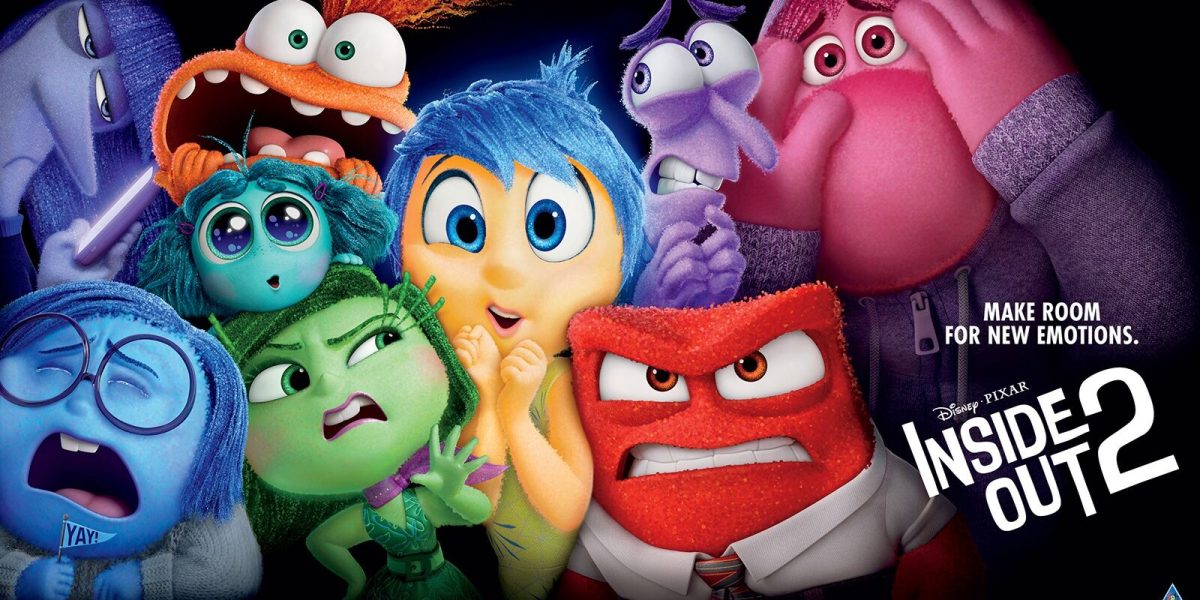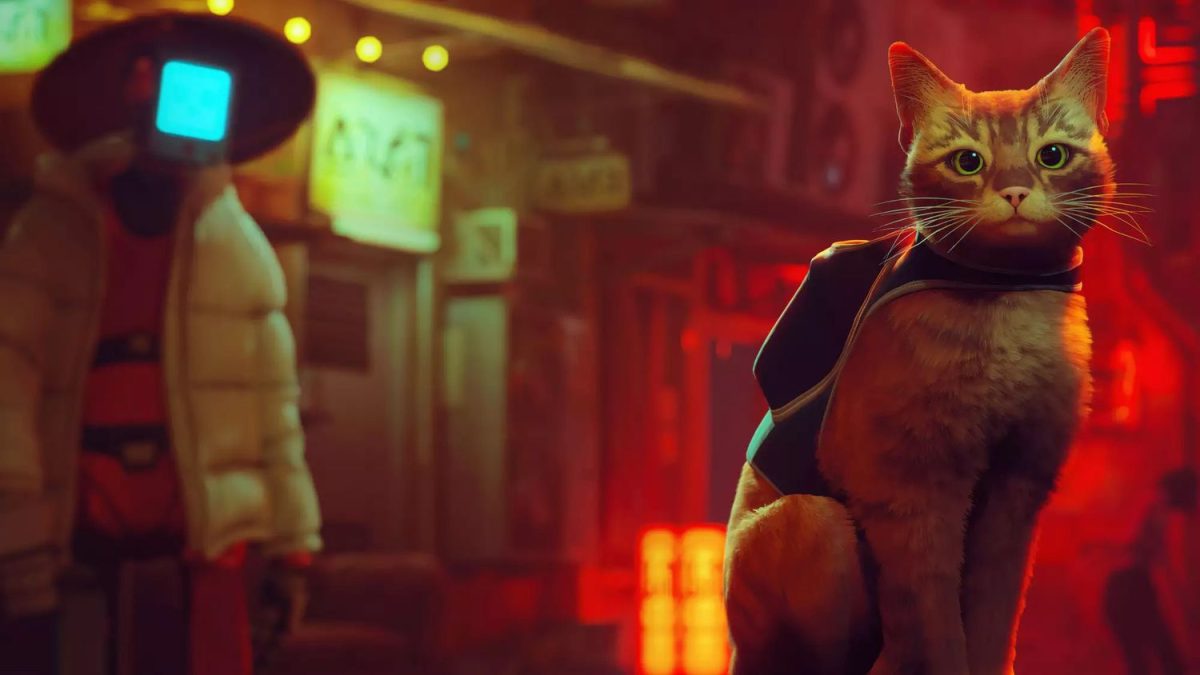You’d think these kids were just like anyone else in the world. They learn. They play. They engage in intimate conversations. They grow up and share feelings and emotions with each other.
Although these children are secluded from the outside world at a boarding school, they grow up to become young adults and seem to be just like you and me.
Life seems to be perfect for the students, until they realize they are not considered to be human beings – instead, they are nothing but consumer products.
In Kazuo Ishiguro’s futuristic novel Never Let Me Go we see just how sad the lives of these teenagers are. The novel begins with twenty-eight year old Kathy H. who is the narrator throughout the novel. She introduces herself as a “carer” who takes care of “donors” as they are going through their donations. While Ishiguro doesn’t make it clear what Kathy means by these terms at first, Kathy explains the lives of her and her peers from the very beginning.
Kathy grew up in a secluded boarding school called Hailsham in the countryside of England during the late 1970s and 80s. She introduces her two closest friends, Ruth and Tommy, who all grew up together.
The students are taken care of by “guardians” who are very strict about the students’ health and what they learn about. They tell them that they are very special and lucky to be students at Hailsham. While they all know that they will someday have to make “donations” when they are older, they don’t know exactly what that means, and think it’s perfectly normal. After all, they know nothing of the outside world.
Every student is also required to make art. Every once in a while, a woman who the kids refer to as “Madame” stops by Hailsham to take some of their artwork to her “gallery”. It is a mystery as to why Madame takes the students’ art and why she feels so uncomfortable around them. While the kids do find her a bit strange, they think nothing of it.
At one point in the novel, one of the guardians tells the students about what is really going on and tells them that, “you’ve been told, but none of you really understand.” She continues on, telling them that they have no future and will never do the things they want to do when they grow up. The kids then realize that something about them really does make them different from the rest of the world.
Kathy and Tommy talk about what the guardian told them, and they begin to ask questions about their purpose in life is.
Where did they come from?
Why does Madame always take their artwork and act so strangely around them?
Why do the guardians treat them so special and are secluded from the world?
They know they will have to make donations someday, but what happens after that?
During this time of confusion, Ruth, Tommy and Kathy are growing up just like normal teenagers. Ruth and Tommy have a little romance, while Kathy and Ruth have friendship drama, but they have the types of problems we would have in the real world. They eventually move away from Hailsham and go to “The Cottages,” a different place for the older kids who have much more freedom and are allowed to go into the outside world.
Ishiguro does a fantastic job helping the reader feel connected to these three characters. They are all very relatable, from when they were young children that liked to play and giggle to having the problems every teenager faces. This is a huge key in the novel – Ishiguro makes Kathy, Tommy, and Ruth seem like normal people that anyone can have an emotional connection with, but to everyone else in the novel, they are basically of no value.
Eventually, Ruth and Tommy become donors and Kathy becomes a carer. They all are reunited after a few years, with Kathy taking care of Ruth until she is “completed” and then watching over Tommy until she decides to leave him to a different carer. The three students realize that there is no hope for any of them when they find out that the artwork Madame took from Hailsham was only to figure out if they had “souls at all”. Even if they did have souls, they still had to go through all of their donations, which is their only purpose.
While reading this novel, it doesn’t seem like a devastating story until the reader sees the truth hidden in plain sight. Ishiguro makes the point within the reader that someday, something so immoral and unethical could happen to our society without us even realizing how bad it really is. While there may be a good meaning behind making clones to donate their organs for others, there is no value of human life to these people. With the connection the reader makes with Kathy, Ruth and Tommy, it’s hard to believe that no one in the novel considered them human.



